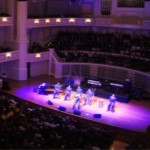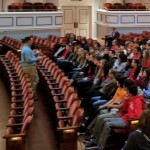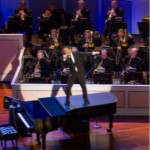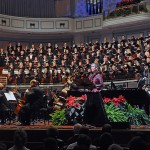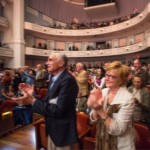Hail to the King (of Swing)
2/1/2019 12AM
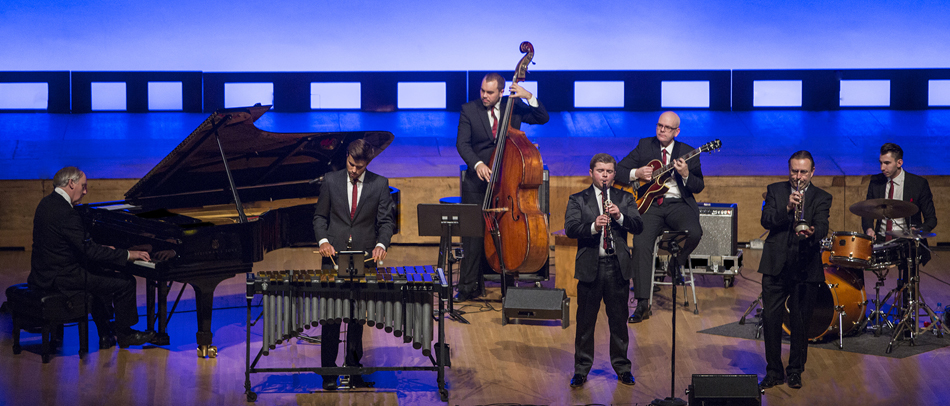
Clarinet master Julian Bliss celebrates Benny Goodman’s classic sound
By Scott Hall
Julian Bliss had been studying classical clarinet for three years when he bought his first Benny Goodman recording. The sound of the iconic jazz clarinetist and bandleader – the “King of Swing,” in fact – came as a revelation.
“He was breaking all the rules of traditional classical playing,” says Bliss, an Indiana University alumnus. “It was quite far removed from what I was used to. … You can’t put your finger on what it is. It just works.”
Keep in mind that the British musician was 7 years old at the time. And that diploma from IU? Earned at age 12.
A bona fide prodigy, Bliss went on to international acclaim for his classical work, performing with leading orchestras and chamber ensembles at top venues across Europe and the United States. He played by royal invitation at Queen Elizabeth II's Golden Jubilee and her 80th birthday celebration. He was the subject of a three-part BBC documentary. He began working with Indiana-based instrument maker Conn-Selmer on innovative designs and materials for clarinets.
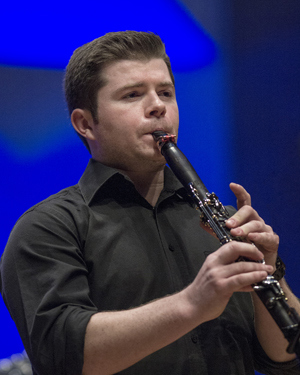 Not until later did he turn his professional attention toward jazz, but he didn’t waste any time. He formed a combo, the Julian Bliss Septet, which in 2012 released an album with the same title as the group’s upcoming appearance at the Palladium: A Tribute to Benny Goodman.
Not until later did he turn his professional attention toward jazz, but he didn’t waste any time. He formed a combo, the Julian Bliss Septet, which in 2012 released an album with the same title as the group’s upcoming appearance at the Palladium: A Tribute to Benny Goodman.
A central figure in 20th century music, Goodman arguably launched the swing era in the mid-1930s and then, as the big bands faded away, led a series of smaller ensembles that laid the groundwork for bebop. The Bliss Septet resembles Goodman’s sextet/septet lineup circa 1940-41, which was revolutionary in multiple ways.
The combo was racially diverse, for one thing, which was unusual for the times. And looming large in its sound, right alongside Goodman’s clarinet, were two other distinctive instruments. One was the vibraphone, versatile enough to comp softly in the background or take a bold solo, especially when played by a young Lionel Hampton. Also, Bliss notes, audiences dig seeing a guy using four mallets with just two hands.
“It’s definitely a visual spectacle as well,” he says.
The other instrument was surely a strange sight to those audiences: an electric guitar, plugged into an amplifier that could compete with the horns on the bandstand. Charlie Christian, who died young of tuberculosis just after his historic stint in the Goodman band, was one of the world’s first famous lead guitarists.
Thus, today’s Julian Bliss Septet features Lewis Wright on the vibes and Colin Oxley on guitar, as well as the piano prowess of Neal Thornton, who helped Bliss construct the group and its arrangements. Rounding out the lineup are Martin Shaw on trumpet, Tim Thornton on bass and Ed Richardson on drums.
“I’m lucky to have some of the best musicians around me,” Bliss says. “Every time we play, I learn something from them.”
Their classic sound is playful and infectious – a bouncy groove with catchy instrumental melodies and brief, virtuosic solos. It was the raucous dance music of its day. Although Bliss and pianist Thornton take time to share some history between songs, their concerts are not academic exercises.
“We’re there to have fun. That’s how this music is,” Bliss says. “If people are up and dancing, that’s even more exciting for us and makes us play even better.”
The group continues to explore, expanding its repertoire to include Gershwin standards, Latin jazz and other avenues, but it’s not the only going concern for Bliss, now at the ripe age of 29.
He certainly hasn’t given up classical music, and though still based in the UK, he spends substantial time at Conn-Selmer’s headquarters in Elkhart, Ind. Now bearing the title of marketing development manager, he guides the company’s ongoing experimentation with clarinets.
“We’re focused trying to make the best instruments we possibly can,” he says. “It’s something I really didn’t ever expect that I would be doing.”
Education is also a vital part of Bliss’ life. He frequently leads master classes, as he will on his Carmel visit, and meets with students from kindergarten through college age. He hopes to show them that a career in music – or whatever field they aspire to -- is possible with enough dedication and hard work.
“If I can influence them to go home and practice a little longer,” he says, “that’s mission accomplished.”
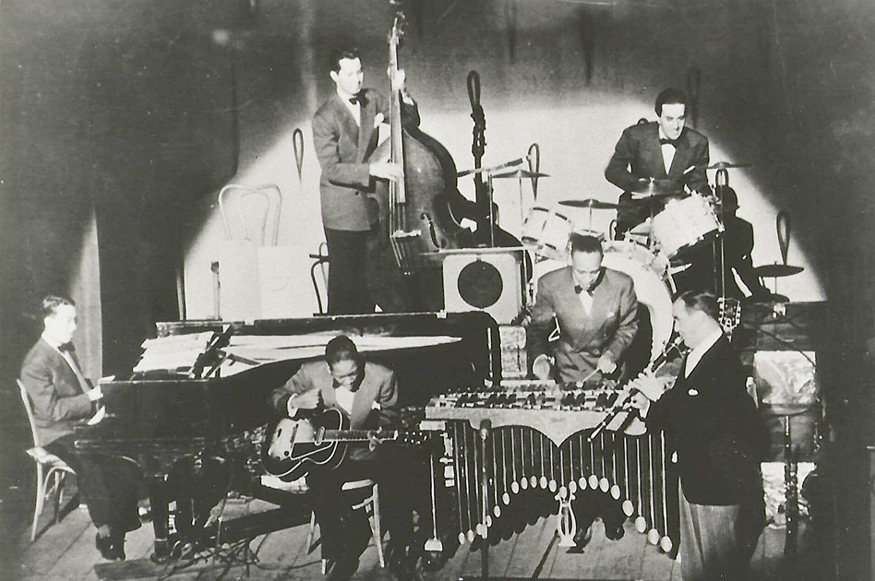
The Benny Goodman Sextet, circa 1940



